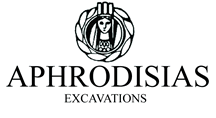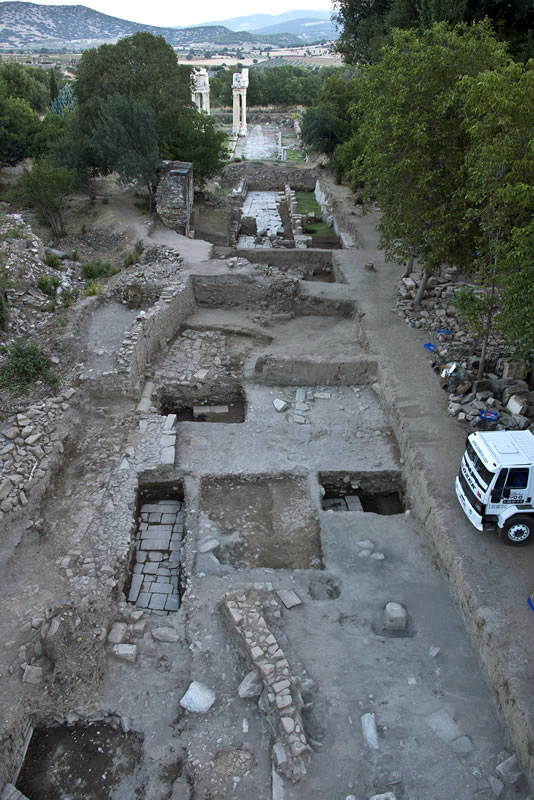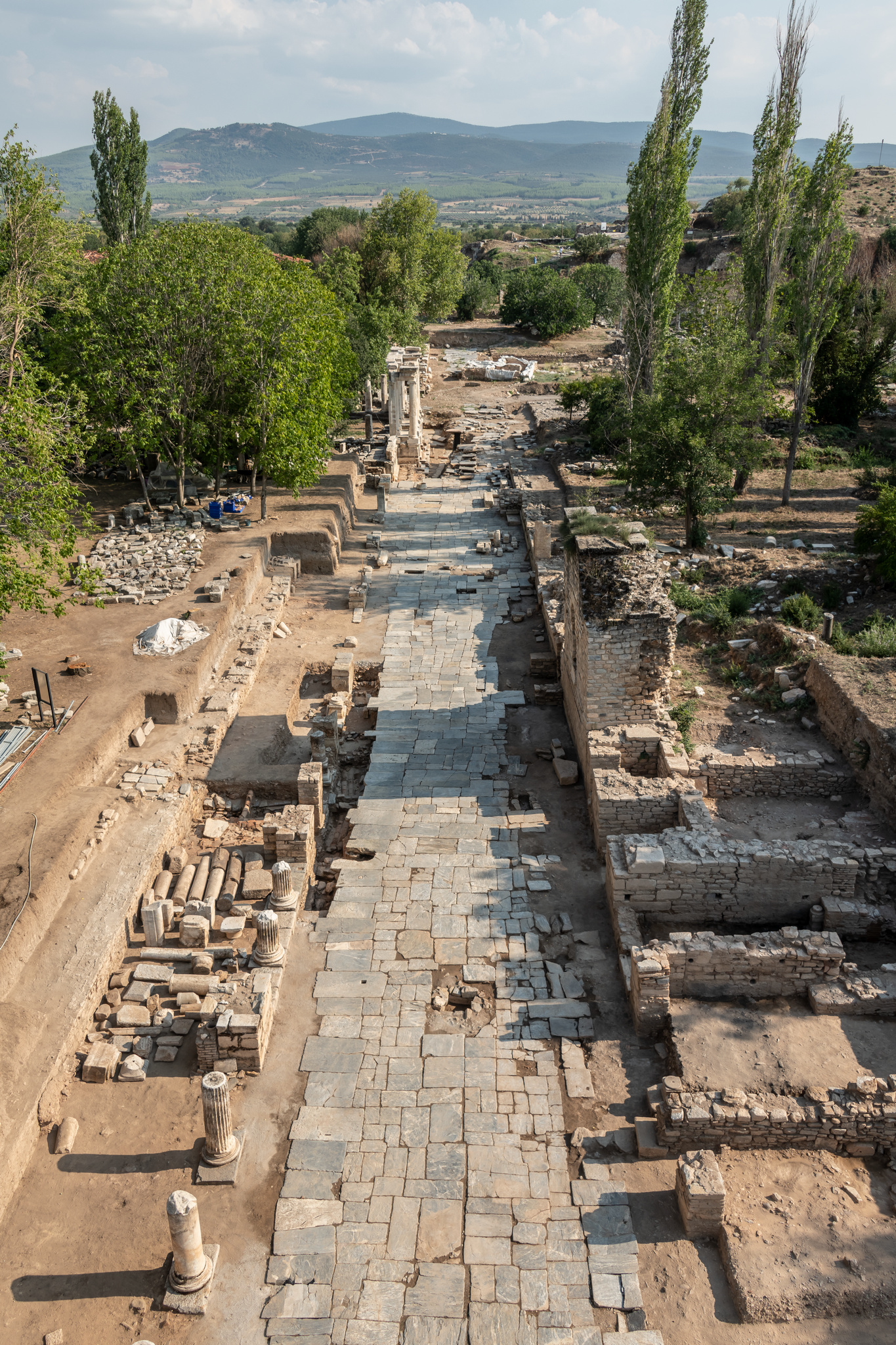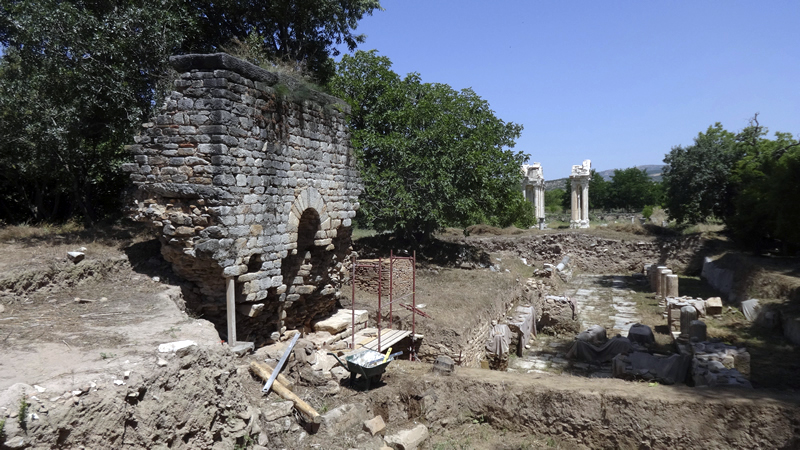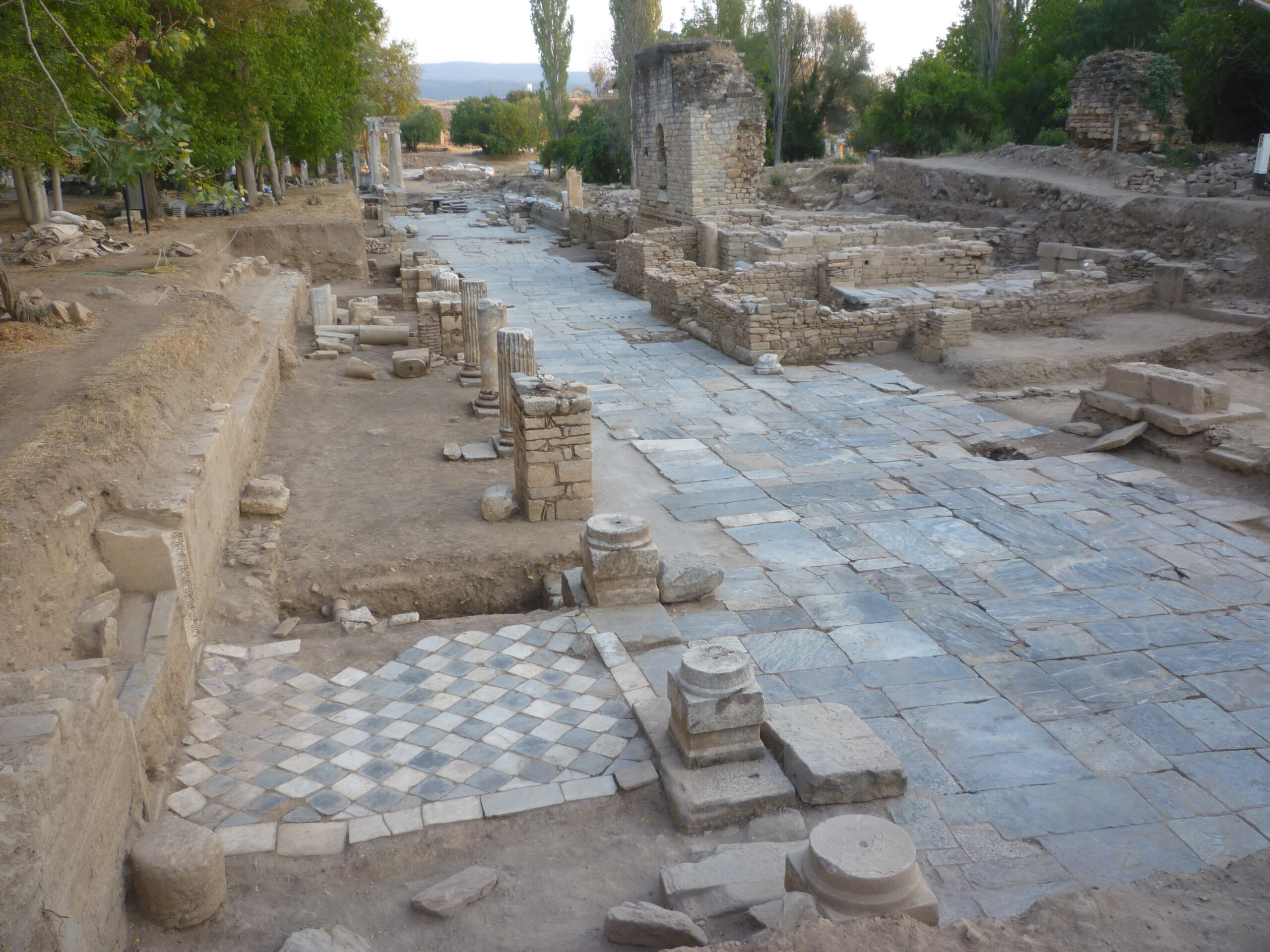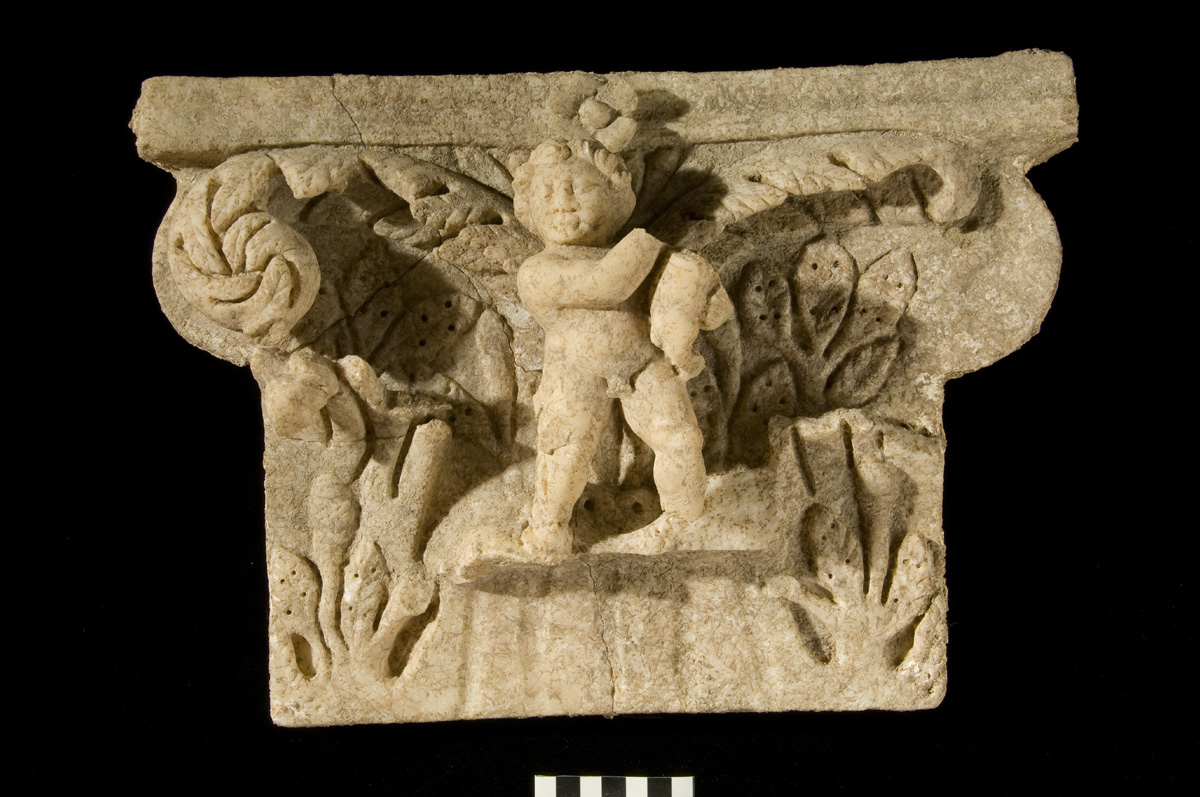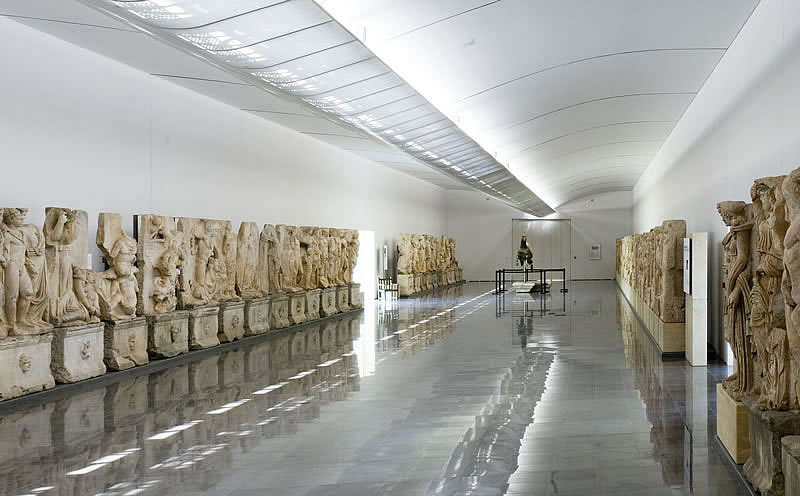Tetrapylon Street
The Tetrapylon Street ran north-south from the Tetrapylon to the Theatre, and was the main public thoroughfare on the east side of the city centre. Part of the street immediately south of the Tetrapylon was excavated in the 1980s and showed that there was also a desirable residential area adjoining the area to the east of the street. A series of some twenty late antique figured pilaster capitals, carved with putti engaged in various rustic activities, was found in the street colonnades, and are to be associated with rich apartments above.
The project to excavate a stretch of street to the south, as far as the Propylon of the Sebasteion and beyond, was begun in 2008. Its aim is eventually to open this part of the street for visitors and to investigate the detailed archaeo-history of the site in late antique, Byzantine, Seljuk, and Ottoman times. The street runs north-south from the Tetrapylon to the Theatre, and the excavation has opened a key urban artery and revealed a continuous profile of human activity in the area from Roman to Ottoman times. The busy colonnaded street of the late fifth century was destroyed in the early seventh century, after which life resumed on top of its ruins.
The street was paved with blue-grey marble slabs, in a single campaign attested by abundant mason’s marks on the pavers. The east colonnade was two-storeyed with new or re-used columns below between new brick and masonry piers. The upper storey was arcaded and some of its double half-columns and brick arches were found collapsed on or embedded in the street paving. The lower storey housed retail spaces, while rich finds from the upper floors include further pilaster capitals, coloured wall mosaics, elaborate bronze door knobs, bronze vessels, intaglio gems, and abundant window glass.
The street colonnade collapsed in a violent conflagration in the early seventh century (616-617, dated by a coin hoard sealed in the collapse), after which medieval life resumed on top of the partly-cleared collapse debris. Further to the south, between the niched building and the Sebasteion, a Byzantine glass factory was found with large quantities of late Roman cullet, and an Ottoman installation probably for cloth dyeing.
Excavation in the southern part of the street, south of the Sebasteion Propylon, located the ramp connection to the tunnel under the Propylon of Diogenes that gives access to the Urban Park at its northeast corner. The sequence of adjustments to the arcaded two-storeyed east colonnade is here well-preserved and well-documented, from the later fifth to the early seventh century. The catastrophic collapse of the east colonnade across the street from east to west, onto the street paving while it was still in use, was especially clear in this part of the excavation.
Current work on the Street project is focused on its conservation and on the publication in a monograph of its history and excavation.

